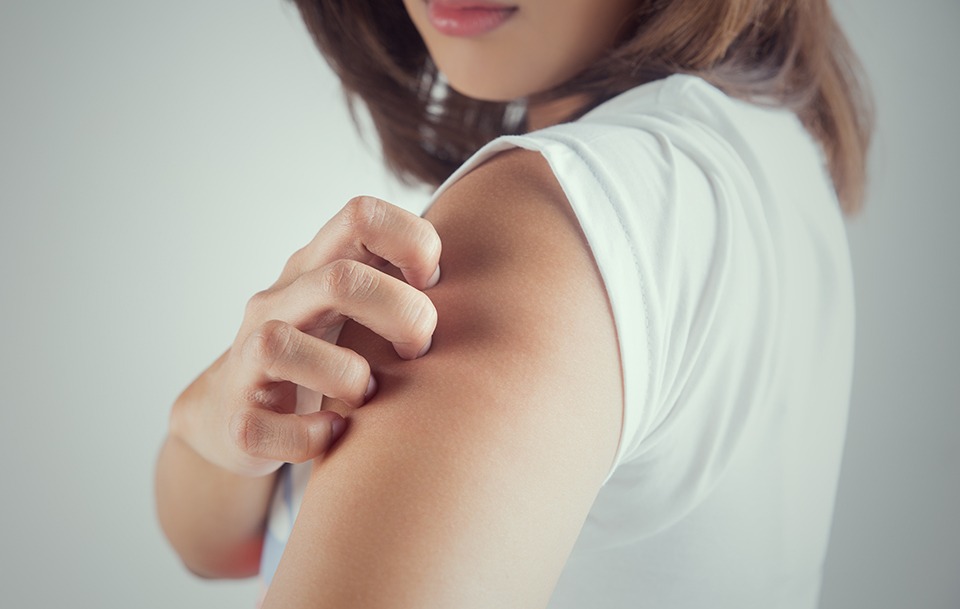Fungus – Skin Mycosis
Cutaneous mycosis is a skin infection caused by fungi or yeasts that live on the skin, hair and/or nails and can affect both adults and children. The most affected areas to this contagion are the intimate areas, the scalp and the nails although any part of the body can be affected.
The most characteristic symptoms are: white or red spots, peeling and mild pruritus.
There are different types of skin infections depending on the causative fungus and the affected area. The most frequent are:
- Candidiasis: is an infection caused by Candida on the skin or mucous membranes in hot and humid conditions or when the immune system is depressed. It is mostly the cause of diaper dermatitis and is especially common during pregnancy, in obese people, in the elderly and in areas of skin folds.
- Dermatofitosis (ringworm): is one of the most unpleasant, annoying and highly contagious fungal infections of the skin caused by dermatophytes. It can affect different parts of the body, but the most frequent ones are the foot (athlete’s foot), scalp, trunk, face, nails and genital area. It is transmitted by direct contact and is frequent in situations of poor hygiene, closed footwear, moisture and in areas of the skin or nails with wound.
- Pityriasis versicolor: is a superficial skin infection caused by fungi of the genus Malasezzia. When certain optimum conditions for its growth (humidity, seborrhea, personal predisposition, use of oils, excessive sweating) are met, the fungus proliferates, changes to its filamentous form and manifests itself clinically in the form of rounded macules (spots), pink and/or white. In general it doesn’t cause discomfort beyond the aesthetic alteration that it supposes, although some patients report pruritus (itch) and it’s not contagious disease.
The treatment of fungal infections is done with antifungal drugs and one or the other will be used depending on the type of infection, fungus and affected area.

